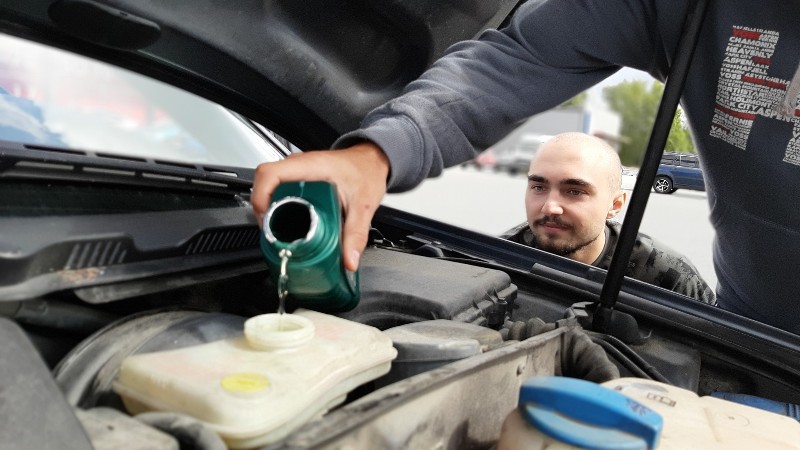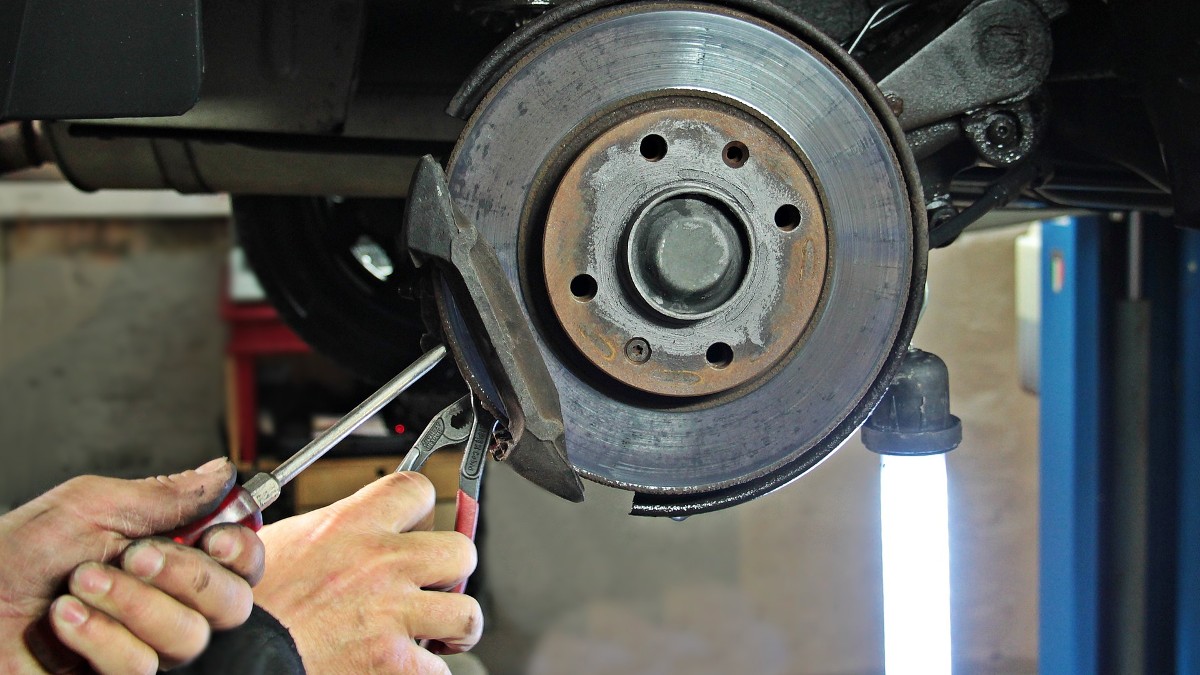Brake fluid is the lifeblood of your car’s braking system as it amplifies the force you apply to the brake pedals. Without the brake fluid, a significant force, more than what your foot can deliver, will be needed to stop your car. After some time, the brake fluid will need to be replaced as this process is usually referred to as ‘bleeding’ the brake fluid. If you don’t know how to correctly bleed your vehicle’s brake fluid, you’ve come to the right place.
Bleeding a vehicle is done when the engine is off. The wheels are removed and the brake calipers are opened to drain brake fluid while ensuring the reservoir doesn’t get empty at any point during the process.
Note that some vehicles don’t require bleeding unless the braking system has been opened for repair or replacement. The braking fluid will just have to be topped up occasionally to ensure it doesn’t run low. On the other hand, some vehicles may require periodic bleeding. Continue reading to learn more about brake fluid and bleeding them.
What Does The Brake Fluid Do?
The brake fluid is an essential component of the braking system. Without this important fluid, the braking system cannot function. Below, you’ll find a simplified explanation of the working of the brake fluid:
- You step on the brake pedal.
- The applied force is transmitted to the piston at the master cylinder.
- The brake fluid is pressurized by the master cylinder and sent into the wheel cylinders and calipers.
- The foot force is significantly amplified by the brake fluid, which acts on the pistons to produce force.
- The generated force is applied to the brake pads, which come in contact with the brake drum or motor.
- The rotation of the vehicle’s wheel slows or stops.
How Often Should You Replace The Brake Fluid?
Everything has a lifespan, and your brake fluid is no exception. After some time, the brake fluid will start losing some of its essential properties, which makes it necessary to replace it.
The owner’s manual will contain the manufacturer’s recommendation for when to replace the brake fluid. However, you should make checking the condition of the brake fluid and the braking system a whole part of your routine maintenance practices. By monitoring the brake fluid, you’ll know when the brake fluid is running low or if there’s a leak.
It’s not safe to drive with low amounts of brake oil or old brake fluid, as the braking system will not function. And there’s a significant risk that an accident may occur.

Signs Your Brake Fluid Is Low or Needs Replacement
The following are signs of brake fluid that’s low or past its prime:
Odd Noises
When you hear strange noises like squealing or screaming from your braking system, then it’s a good idea to check the brake fluid. Old and insufficient brake fluid will also make the brake pad feel soft, spongy, or loose. And you may need to push the brake pad all the way down before it responds.
Burning Smell
It’s never good when you perceive any burning odor from your vehicle. If you think the smell of the burning is from the braking system, then you should do well to inspect it. Low brake fluid can make the braking system overheat, resulting in a burning smell.
Brake Light Coming On
The anti-lock braking system (ABS) is designed to indicate any issues with your car’s braking system. If there’s insufficient or old brake fluid in your vehicle, the ABS warning light will light up. Always take ABS light seriously whenever it comes up and make a diagnosis of the braking system, preferably by an experienced mechanic.
Why Does Brake Fluid Go Bad?
While brake fluids can last up to a few years, they will eventually go bad. This is mainly because brake fluids are hygroscopic and will absorb small amounts of water over time even though it is housed in a sealed container. The moisture can be from imperfect seals, leakage, microscopic holes in rubber hoses, or when the rubber cap is left open longer than necessary.
When moisture gets into brake fluids, their boiling point gets reduced, which lowers their effectiveness. One of the most important features of brake fluid is the ability to withstand high temperatures, and this attribute is compromised in the presence of moisture.
How To Bleed Brakes The Right Way?
Almost anyone can change a car’s brake fluid. All you need is to be marginally handy with tools and have someone to assist you. Below are steps to bleed your car’s brake fluid the right way:
Step 1: Check the owner’s manual to see the specific type of brake fluid your car requires. There are different kinds of brake fluids, all of which look similar in appearance. But the constituents differ, and using the wrong type of brake fluid can damage the braking system. As mentioned earlier, the owner’s manual will also tell you when to change brake fluids.
Step 2: Turn off the engine before changing the brake fluid. Then jack your car on level ground and support it with four jack stands. It’s important that the ground is level and solid, and you will need to get under the car at times. Then, remove all the wheels.
Step 3: Check the level of the brake reservoir and add enough fluid to reach the MAX marking. It’s important that the reservoir doesn’t become empty at any time while bleeding the brakes.
Step 4: The owner’s manual will tell you the correct sequence for bleeding the brake calipers. Usually, you start at the corner furthest from the driver and work your way towards the driver. Don’t force the brake calipers to open and open one brake caliper at a time.
Step 5: Check the level of brake fluid in the reservoir after bleeding each brake caliper and top it to the max.
Step 6: Use clear tubing to drain the brake fluid at the end of each bleeder screw. Connect the tubing into a catch container and hang the container above the height of the bleeder screw to prevent air in the tubing from finding its way into the caliper.
Step 7: Tell your assistant to pump the brake pedal until they feel solid resistance. When they experience resistance, they should shout ‘Pressure’ or ‘Pressure achieved’ while maintaining pressure on the pedal.
Step 8: With your able assistant maintaining pressure on the brake pads, open the bleeder screw a bit. As brake fluid drains into the catch container, the brake pedal will start losing pressure and begin dropping towards the floor. Your assistant should shout ‘floor’ or ‘down’ just before the pedal reaches the floor. Quickly close the caliper and check the reservoir. Top it up if below max.
Step 9: Repeat the above steps about 6 to 8 times until the fluid flowing is free of air.
Step 10: When you’ve blended all four brake calipers, ask your assistant to apply full effort on the break and then release it abruptly while checking the motion of the fluid in the master cylinder. If you’ve properly bled the brakes, there will be a modest eruption. If not, there will be a significant eruption which will require you to repeat the process.

